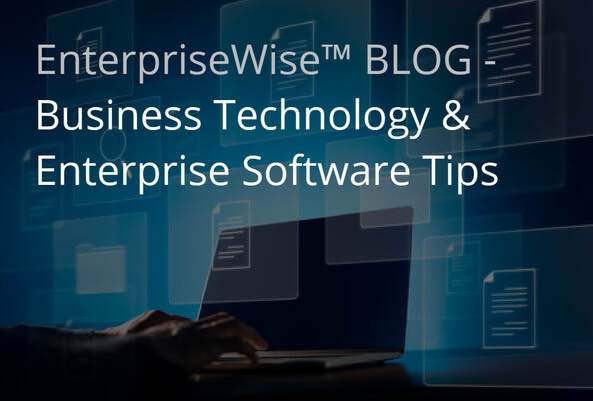 The U.S. offers some valuable R&D tax incentives, however, if you are not taking advantage of them, you are not getting the money available. WIP and ERP Tax Benefits has its roots in Research and Development (R&D) tax credits for manufacturing organizations. Tapping into extended advantages of ERP’s Work In Process (WIP) application. Most teams see producing products for sale to be the sole purpose of WIP. Here is how your company, by extending the use of WIP can add value to the ROI of ERP. WIP base functionality is Bill of Materials (BOM) execution. In this case, WIP jobs are created using BOMs, which contains Labor, and Sub-Contract Operations, and components, or materials. These lists, sequenced parts, and labor steps constitute the sum of costs and time to produce a given product. We can also say, they impact your organization, taking into account capacities to produce. WIP for R&D: Research and Development Using Standard ERP Tools Engineering departments are designing, year long, to come up with new and improved products. Those costs accumulated to the balance sheet and income statement, properly segregated and reportable, permit tax saving benefits. R&D WIP Step by StepCost Segregation Keeping track of all costs and separating their relationship from regular business expenses and assets is crucial to audit support, maximizing benefits. Assets on the balance sheet are usually taxable. Research and Development (R&D) assets and expenses may be tax credits. (We do not give tax advice, and are not accountants. Please seek the advice of your tax professional.) In our example, we will look at medical devices and the benefits for tracking all costs. Separate all costs by creating R&D cost and work centers to align with engineering and manufacturing processes. Enterprise Resource Planning (ERP) Cost, Cell and Work Center configurations support some or all of the following transaction values:
Breaking down design processes into standard work cells will help identify and allocate costs into relevant expense-coded buckets. When the R&D design is complete, you will have your BOM for producing future finished goods. This BOM will have materials, operations, sub-contractors, and work center capacities defined. For Example: (a 'BOM-template' will help standardize R&D processes)
If your WIP supports Subcontract Cost and Work Centers, you can track the off-site labor and materials necessary to produce your new design. When these POs are received, material and labor costs post directly to the job, creating all of the back-end accounting necessary to pay your suppliers. Since R&D is an engineering design process we may not know, from the start of a job, what our total costs of material, labor, subcontract purchases will be. The good thing is, WIP enables adding new or updated job costs without the necessity of a Finished-BOM. Designs start with an as-expected-design If the new design changes through the job process, we only insert the new labor, material, PO, or post an engineer’s time. WIP R&D jobs are meant to be flexible and open to change. When projects complete, the finished products get received to stock, sold, scrapped or used in another assembly as a replacement for the old version. The accumulated costs posted to the designated asset and expense general ledger accounts help assess the value of a project from start to finish. They tell your controller what was spent; on what job, and what those values represent as a tax credit. ERP supporting systems for R&D might be Engineering Change Control (ECC), Lot Tracking and Serialization. These systems support the control and timing of design changes and help trace compliance-regulated product details for manufacturers. Financial and Business Systems Interaction Some or all of these financial systems interact with R&D to successfully distribute costs; enabling reporting and budget versus actual analysis.
Why Should My Business use WIP to log R&D jobs? The U.S. offers some of the best R&D tax incentives, however, if you are not taking advantage of them and getting the cash you earned, your loss can be significant. Your business acceleration combined with competition increases, you may be more likely to overlook this source of money because you lack the time, expertise or resources needed to identify and manage R&D Tax Credit claims. Using your MRP's WIP module, a standard part of your enterprise software arsenal, tracking development costs easier will give you an edge over the competition. Without full segregation of costs distortion can creep into standard costing making it difficult to know your true price-point and value of each product. Capacities for R&D need to be smoothed into production lines. Work-center costs, capacity to produce, and R&D for new products is vital to research and development strategies. The Trump Administration: The reality is for the new administration, with a focus on bringing back manufacturing, the R&D tax credit is the tax proposal that is vital in helping American manufacturing and international competitiveness. One idea being considered, expand the R&D tax credit for those businesses that do both their research and a significant amount of their manufacturing here in the U.S. Source: Forbes The new regulations are intended to be more taxpayer friendly. They reflect a paradigm change in the position of the IRS. Using WIP enables adherence to new regulations. While simplifying daily tracking of related business processes:
Newsletter subscription options:
0 Comments
Your comment will be posted after it is approved.
Leave a Reply. |
AuthorWrite something about yourself. No need to be fancy, just an overview. Archives
September 2022
Categories |

 RSS Feed
RSS Feed